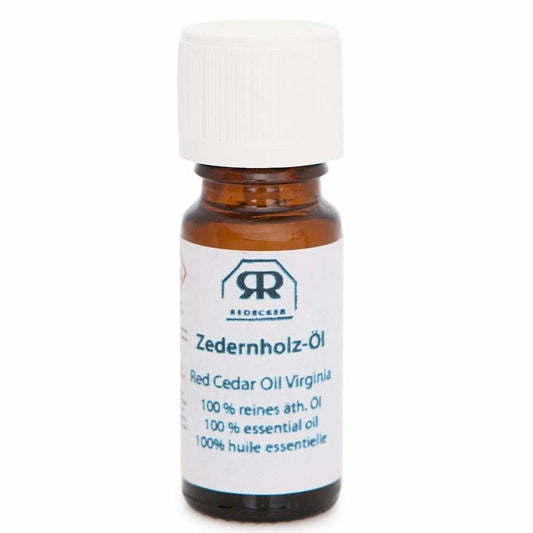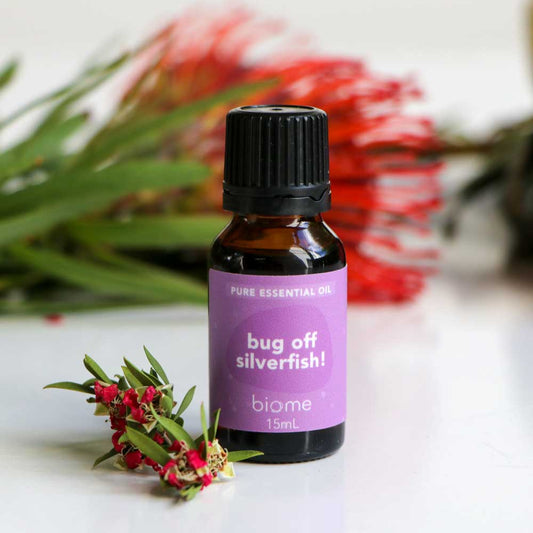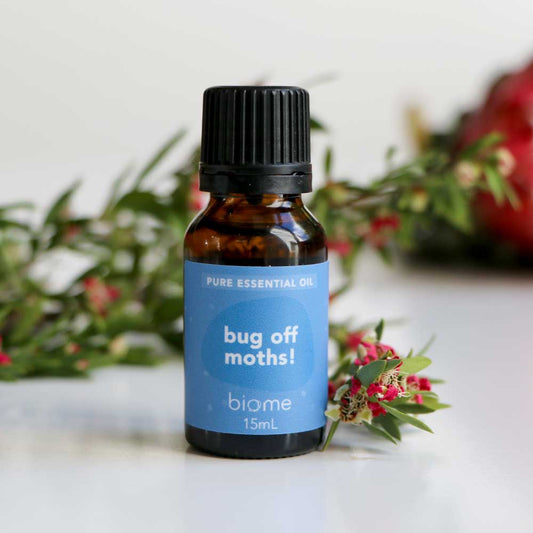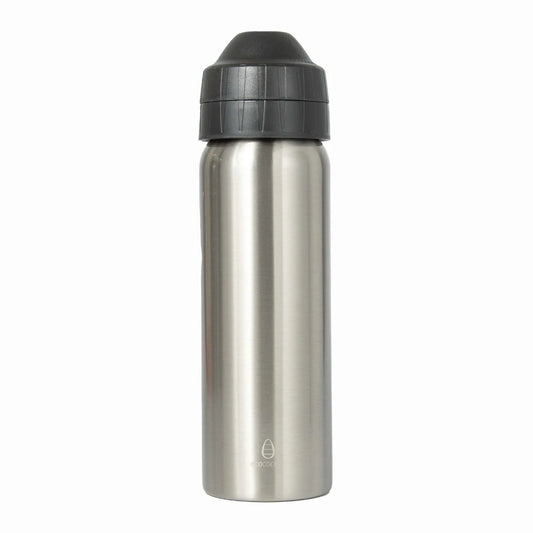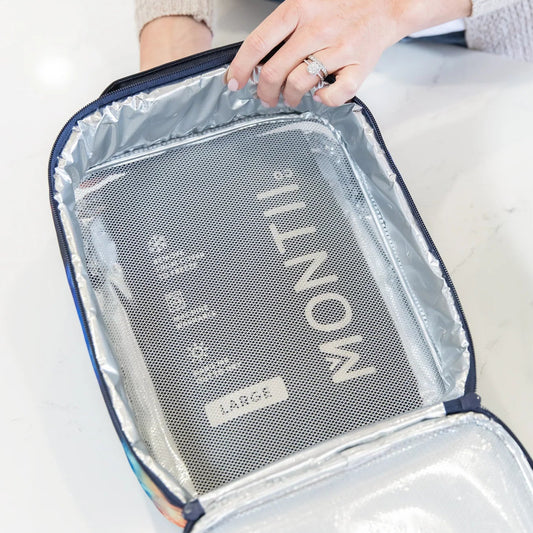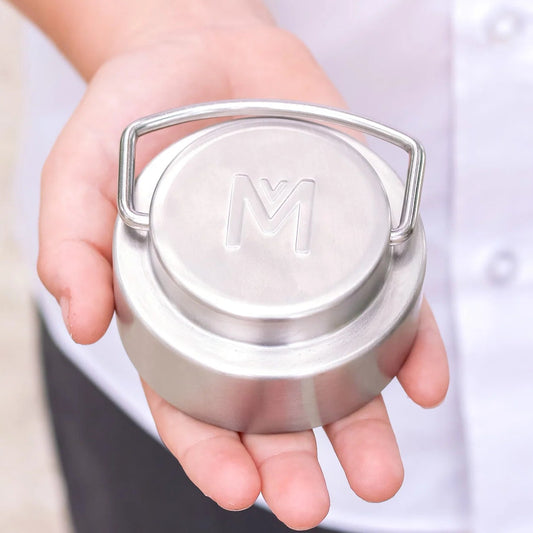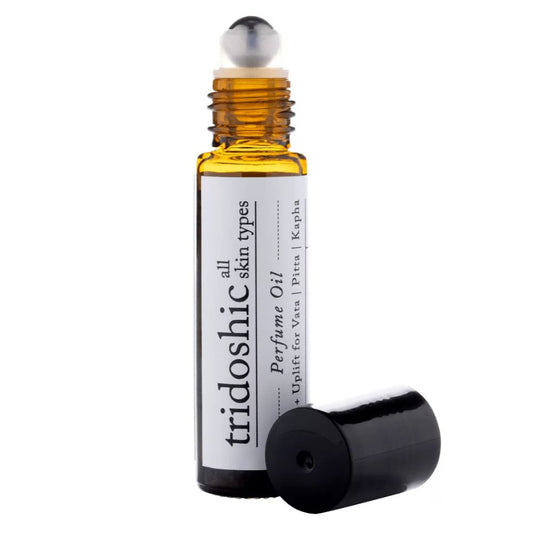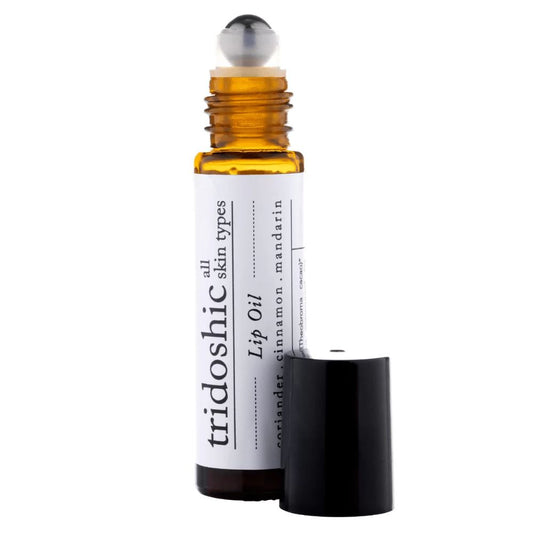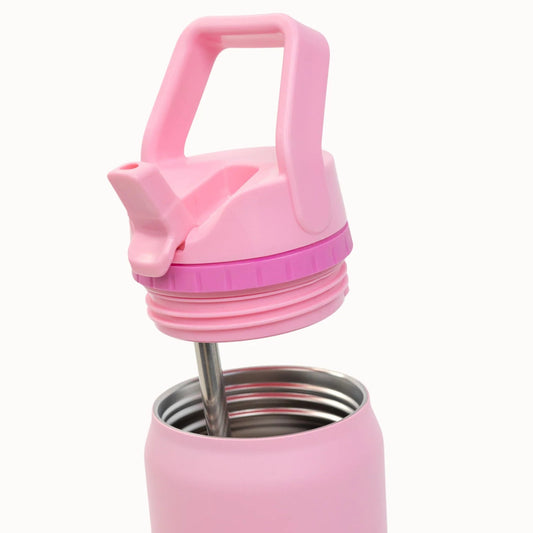
Oh oh! You've noticed tiny winged moths flitting out of your wardrobe or silverfish skittering across your bathroom floor. Or worse, you've pulled out your winter woollens and found the gaping holes.
Your skin is crawling as much as the critters! But what exactly are these bugs, and how do you keep them out without resorting to toxic chemicals?
Let’s break down the difference between moths and silverfish, the damage they cause, and which essential oils help repel them—without breathing in synthetic scents or harsh ingredients.
What's the difference between silverfish and moths?
➤ Silverfish
- Silvery-grey, wingless, and fast-moving
- Thrive in dark, damp environments (bathrooms, storage, bookcases)
- Feed on starches: books, wallpaper glue, cardboard, fabric
While they're best known for damaging books, wallpaper paste and cardboard, silverfish can also target clothes made of natural fibres, especially if those fabrics are starched, sweaty, stained, or damp. Over time, silverfish activity can cause small holes, grazed textures, and yellowish marks on your garments.
➤ Moths (specifically, clothes moths)
- Tiny brown-beige moths with wings
- Love natural fibres like wool, silk, and even pet hair
- It's their larvae that chew holes in clothes, not the adult moths
If you’re seeing signs of fabric damage in cool, dark wardrobes—silverfish or moths could be to blame. Silverfish tend to graze and stain, while moth larvae chew distinct holes.
PRO TIPS:
📌 If it’s chewing your books or lurking in your laundry, it’s likely silverfish.
📌 If you’ve found gaping holes in your wool jumpers—moths are your culprit.
What essential oils deter these bugs naturally?
Nature has its own pest control system. Certain essential oils work as strong deterrents because insects hate their smell—plus they’re safe for your home and lungs.
Biome offers three powerful options:
1. Bug Off Silverfish Blend
Best for: Silverfish, musty bathroom zones, bookshelves
Scent: Fresh, herbal, a little spicy
Key oils:
- Eucalyptus and Peppermint: sharp and invigorating—disorients insects
- Cedarwood and Clove: known to kill silverfish on contact
- Cinnamon and Lemongrass: linger in the air to keep them away
2. Bug Off Moths Blend
Best for: Wardrobes, drawers, linen cupboards
Scent: Woodsy floral with citrus notes
Key oils:
- Cedarwood and Clove: traditional moth deterrents
- Lavender and Lemon Myrtle: gentle but effective—also make your clothes smell lovely
- Sage and Rosemary: purify the air, confuse the moths’ scent trails
3. Red Cedar Oil
Best for: Refreshing cedar blocks or satchels, or direct use in wardrobes
Scent: Deep, woody, grounding
Why it works: Moths and silverfish hate cedar. Its strong scent disrupts their ability to lay eggs, which is half the battle.
Yes, cedar oil works for silverfish too. Silverfish are highly sensitive to strong scents like cedarwood, clove, cinnamon, and eucalyptus, all of which interfere with their nervous system and make the environment unpleasant for them. So while Red Cedar Oil is best known for moth control, it also acts as a broad-spectrum insect repellent, including for cockroaches, carpet beetles and some types of ants.
Which oil is best for wardrobes: Bug Off Moths or Red Cedar?
Here’s the truth: they both serve a purpose, and when used together, they’re even more powerful.
Use Bug Off Moths if:
- You want a multi-note fragrance that combines lavender, lemon myrtle, and clove for strong moth-repelling power
- You like adding oils to fabric pouches or diffuser pads inside drawers
- You want to leave a fresh, herbal floral scent in your clothes
Use Red Cedar Oil if:
- You already have cedar blocks or wood balls that need re-oiling
- You prefer a pure woody scent without citrus or floral tones
- You want a longer-lasting option that requires less frequent top-ups
Best practice: Layer both. Use Red Cedar Oil to refresh cedarwood blocks and keep a steady, low-maintenance barrier in wardrobes. Then boost protection with Bug Off Moths on cotton rounds or pouches tucked into drawers and corners. You get the best of both: long-lasting defence and fragrant intensity.
Can I use these oils together?
Absolutely. Here’s how:
> Use Bug Off Silverfish in damp zones like bathrooms or bookshelves.
> Use Bug Off Moths in your wardrobe and clothing drawers.
> Top up red cedar blocks or cotton balls with Red Cedar Oil for long-lasting scent in enclosed spaces.
This three-part strategy gives you tailored defence across your whole home.
Do these oils kill or repel bugs?
These are repellents, not poisons. That’s a good thing. You’re not spraying your house with synthetic chemicals. You’re making it smell lovely while making the space inhospitable to bugs.
If you're seeing a full-blown infestation (especially of silverfish), you’ll still need to declutter, remove paper-based storage, and dry out damp areas.
How do I use essential oils to keep moths and silverfish away?
- Add 5–10 drops to a cotton ball, fabric pouch, sachet with cedar chips or huon pine shavings and place in drawers, linen cupboards, wardrobes, or bathroom corners.
- Replenish weekly or as soon as the scent fades.
- For Red Cedar Oil: top up cedar wood blocks every few weeks to monthly.
- Avoid direct contact with clothes—keep oils on cloth or in diffuser pads.
Go here for more detailed steps on How to Prevent and Get Rid of Clothes Moths
Why not just use mothballs?
Traditional mothballs often contain naphthalene or paradichlorobenzene—chemicals that are both toxic and linked to respiratory issues, especially for children and pets. Learn more here the Toxic Truth About Naphthalene Moth Balls.
Biome’s natural essential oil blends are a safer, plant-based alternative that smells a lot better too.
FAQs
Are these oils safe around pets?
Use cautiously. Cats, in particular, are sensitive to essential oils like peppermint and eucalyptus. Keep applications in places pets can’t lick or sleep on directly.
How long do the cedar blocks last?
The cedar blocks last forever as a piece of wood. However, the scent does need to be topped up once it dissipates. Ideally, top up with a few drops of cedar oil or another moth repellent essential oil blend every month.
How long does one bottle of cedar oil last?
A little goes a long way. If you’re using 5–10 drops at a time, each 10ml bottle will last months.
Can I put these oils directly on clothes or skin?
No—essential oils are potent and can stain or irritate. Always use them with a carrier or in diffuser methods.
Final thoughts
If you're tired of mystery holes in your knitwear or finding silverfish nibbles in your books, these natural oil blends give you a safer, non-toxic way to reclaim your space—and they smell incredible while doing it.
Find all our Clothes Moth Repellents here >
Related reading
Just because it's for sale does not mean it is safe: The toxic truth about moth balls



